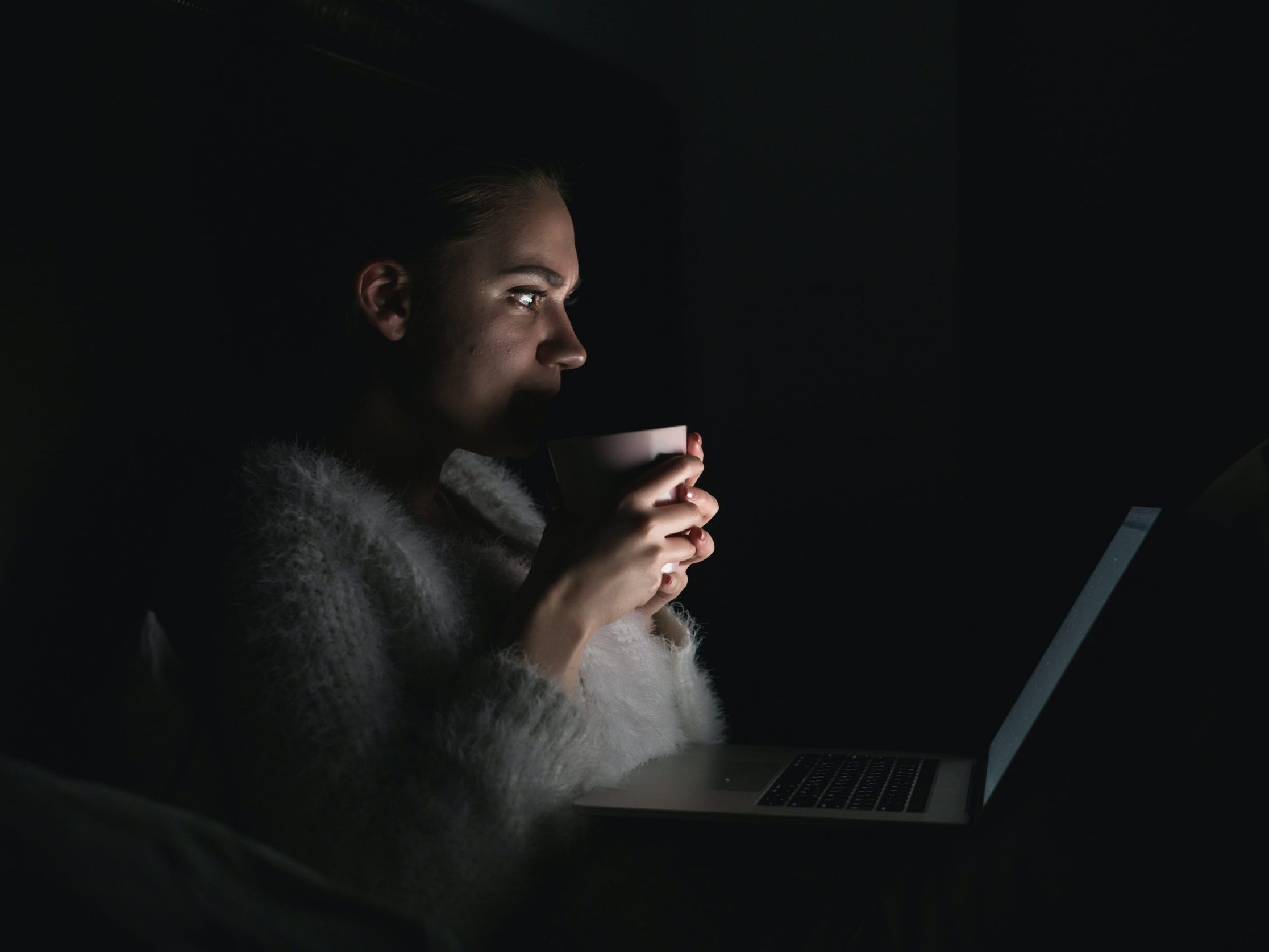6/5/2023
By now we have all become familiar with screens as digital technology worms into every aspect of our daily lives. This problem is relatively new as the invention of electricity and increased use of technology lend themselves to a 24-hour work cycle. One of the major impacts of prolonged screen time is sleep disruption. This is dangerous not only for its effects on mental health and alertness but also due to the way the issue is addressed.
An article published in 2009 by East Carolina University identifies insufficient sleep as a significant health crisis in the United States. In particular, The Library of Medicine found 70% of college students report insufficient sleep. A study conducted at an architecture school in the Midwest concluded that less than 4% of students got at least 7 hours of sleep a night. This is due to a number of factors, one being the increased use of technology.
Any and all forms of light keep humans awake, however, studies have shown that the color of light affects your circadian rhythm. The circadian rhythm is a 24-hour cycle that serves as the body’s internal regulation system to adapt to changes in the environment. Over those 24 hours, one of the most significant changes is in the form of day to night, as such, the circadian rhythm is precisely determined by the light-dark cycle. During the day, light suppresses melatonin production, the hormone that makes you feel tired. This effect is strongest at wavelengths of light from 446 and 477 nanometers, the fraction of visible light that appears blue. This makes blue light in particular beneficial during the day as it boosts attention, reaction times, and mood. However, these same qualities then become detrimental at night when it is time to sleep. When the body is exposed to blue light after the normal day-light cycle, such as through the artificial display of a phone or television screen, the body does not produce enough melatonin to maintain a consistent sleep schedule. Sleep disruption is directly linked to behavioral effects such as poor mental health, impaired alertness, and diminished performance.
To combat this, a number of solutions have been presented. The most obvious being limiting technology use after the sun goes down. However, as technology becomes more integrated into every aspect of our lives, this approach is not always realistic. This is especially true in the case of college students as the majority of school work and research is now conducted online.
Another “solution” comes in the form of melatonin pills and wakefulness drugs. As suggested by the name, melatonin pills artificially supplement the body’s production of the hormone to make you sleepier. However, this does not actually mean you will get a good night’s rest. Melatonin itself does not cause sleep, it simply puts the body in a state of wakefulness that can be more conducive to sleep.
Wakefulness pills are stimulants meant to be safer and more effective than caffeine. The most common drug, modafinil, was originally designed as a treatment for people suffering from narcolepsy but is now being abused as a way to stay awake for days at a time. In 2020, a study conducted in the United Kingdom found that out of approximately 500 students across more than 50 universities, 19% had taken cognitive supplements.
All of these studies agree on one thing: sleep deprivation is very bad for your physical and mental well-being. Whether through a morning coffee or an energy drink, many people currently rely on caffeine to be able to get through the day – but the stimulant wouldn’t be necessary with adequate sleep. The use of melatonin and abuse of wakefulness drugs suggest society feels it needs to rely on artificial methods of maintaining alertness rather than respecting its body’s natural circadian rhythm. Perhaps it would be more accurate to say that it is easier and expected to sacrifice sleep to achieve one’s academic or career aspirations, and this intense pressure pushes people to mitigate the detrimental effects of using drugs.

